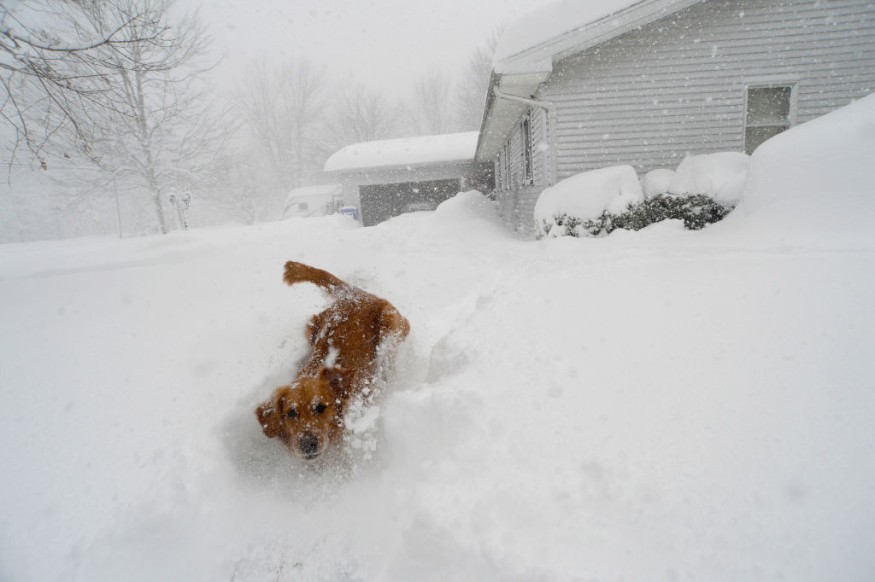Winter storm warnings have been issued by US weather authorities for multiple states in several regions across the US, including in the Plains, Midwest, and the Northeast. As the country enters its winter season, weather systems with cold air and heavy snow have threatened the country from coast to coast.
Major Winter Storm

The Weather Channel named the major winter storm as "Diaz" which has been forecasted to spread across the Plains, Midwest, and Northeast this week, adding snow is possible in the interior Northeast later in the week.
In addition to Winter Storm Diaz, the Weather Channel also said there is a threat for severe thunderstorms in parts of the South US. Over the weekend, the storm generated heavy snow in the Sierra Nevada with total accumulation of 4 to 5 feet in the Tahoe region.
With this blizzard warnings have been issued in multiple states across the US, resulting in potential freezing temperatures, heavy snow, and poor visibility on air or on the ground.
Also Read: Major Winter Storm to Bring the First Blizzard of the Season in the Western United States
Blizzard Warnings
The brutal winter storm with wind gusts of up to 80 miles per hour marched towards the country's interior on Monday, affecting 15 million people in over a dozen states which also faced weather warnings or watches by early week, USA Today reports.
According to the US media outlet blizzard or winter storm warnings were in effect for some parts of the following states:
- Oregon
- Nevada
- Idaho
- North Dakota
- South Dakota
- Wyoming
- Colorado
- Nebraska
The National Weather Service (NWS) also issued winter storm warnings across the northern Plains, while winter storm watches also took effect in parts of the upper Midwest, according to AccuWeather. Blizzard warnings were also in effect as of Monday, especially northeast Colorado, western South Dakota, southeastern Montana, and eastern Wyoming.
What is a Winter Storm?
A winter storm is a life-threatening weather phenomenon and is described as a combination of heavy snow, blowing snow, and/or deadly wind chills, according to the National Oceanic and Atmospheric Administration (NOAA). In the US, this storm can occur before, during, or after the winter season which approximately spans from December to February each year.
However, winter storm is a broad term which can include other weather phenomena like blizzards, ice storms, lake effect storms, snow squalls, and snowstorms. The NOAA explains that most winter precipitation events that forms in wintertime clouds have snow because the top layer of the storm is cold enough to create snowflakes.
Also, there are instances where winter storms cause freezing rain when snowflakes that descent into the Earth pass through a warmer layer of air and melt instantly, preventing them from freezing again until they hit the surface, the US government agency adds.
A recent winter storm in the form of a lake effect snowstorm struck the US in November, hitting western New York and its surrounding areas in the Northeast. Yet, the worst of these phenomena is known as "The Great Blizzard of 1888" where a winter storm struck the Atlantic coast, leading to over 400 deaths.
Thick snowfall, powerful blowing snow, and strong winds, struck New York and areas from New England to the Chesapeake Bay during the said late 19th century US winter storm.
© 2025 NatureWorldNews.com All rights reserved. Do not reproduce without permission.





